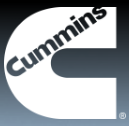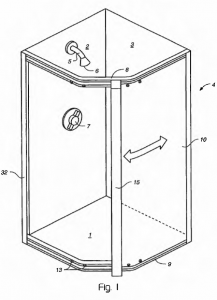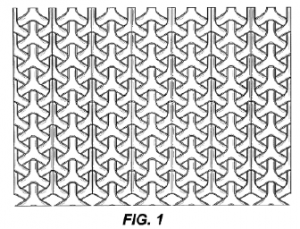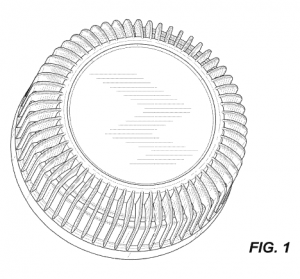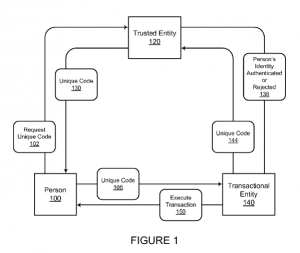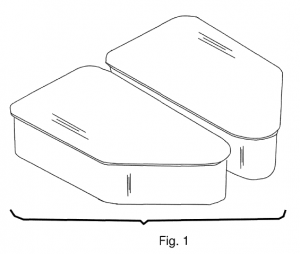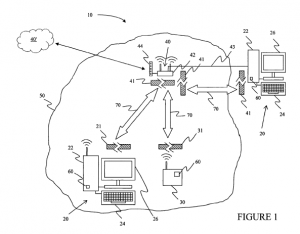The Petitioner, Lippert Components, Inc. (“Lippert”), filed a Petition for inter partes review of claims 12 and 13 of Days Corporation’s (“Days”) United States Patent No. 6,619,693 B1 (the “‘693 Patent”) for “Apparatus and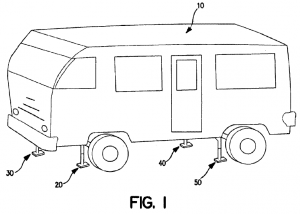 Method for Automatically Leveling an Object”. In addition to filing its Reply and Sur-Reply to the inter partes review, Days also filed a Motion to Amend the ‘693 Patent. Days also filed a Motion to Exclude Evidence prior to the oral hearing. The United States Patent Trial and Appeal Board (the “PTAB”) determined claims 12 and 13 of the ‘693 Patent are unpatentable, denied Days’ Motion to Amend, and dismissed Days’ Motion to Exclude as moot.
Method for Automatically Leveling an Object”. In addition to filing its Reply and Sur-Reply to the inter partes review, Days also filed a Motion to Amend the ‘693 Patent. Days also filed a Motion to Exclude Evidence prior to the oral hearing. The United States Patent Trial and Appeal Board (the “PTAB”) determined claims 12 and 13 of the ‘693 Patent are unpatentable, denied Days’ Motion to Amend, and dismissed Days’ Motion to Exclude as moot.
The ‘693 Patent “discloses an apparatus for automatically leveling a vehicle, such as a recreational vehicle, that is located on uneven terrain or an out-of-level surface.” The vehicle to be leveled contains four adjustable legs that can be manually lowered and raised to achieve a feeling of true level relative to horizontal in the interior of the vehicle. The leveling process can also be performed automatically with the use of a controller. The person having ordinary skill in the art for the Court’s analysis was found to be a person having “either a bachelor’s degree in engineering, preferably mechanical or electrical, or at least five years of work experience in the field of vehicle leveling systems and related equipment.”
The PTAB interpreted the claims 12 and 13 of the ‘693 Patent using the “broadest reasonable construction in light of the patent’s specification.” See 37 C.F.R. § 42.100(b) (2018). The term “reference level plane”, when referring to a pre-set vehicle orientation plane, may be construed to be a plane in which the vehicle feels at true level to horizontal. In claims 12 and 13, there are two identical “Sensor Limitations”. Those Sensor Limitations are “a sensor . . . to sense pitch and roll of the vehicle relative to a reference level plane,” and “the sensor produces an orientation signal representing the vehicle pitch and roll.” In this case, the PTAB agreed with Lippert in that when construed “under the broadest reasonable construction in light of the ‘693 patent specification, claims 12 and 13 do not require the sensor to be aligned directly along the vehicle’s longitudinal and lateral axes.” The PTAB further stated that “[c]onstruing claims 12 and 13 to be limited to a sensor that must be aligned directly along the vehicle’s longitudinal and lateral axes would improperly incorporate a limitation into the claims from the specification.”
 Indiana Intellectual Property Law News
Indiana Intellectual Property Law News


